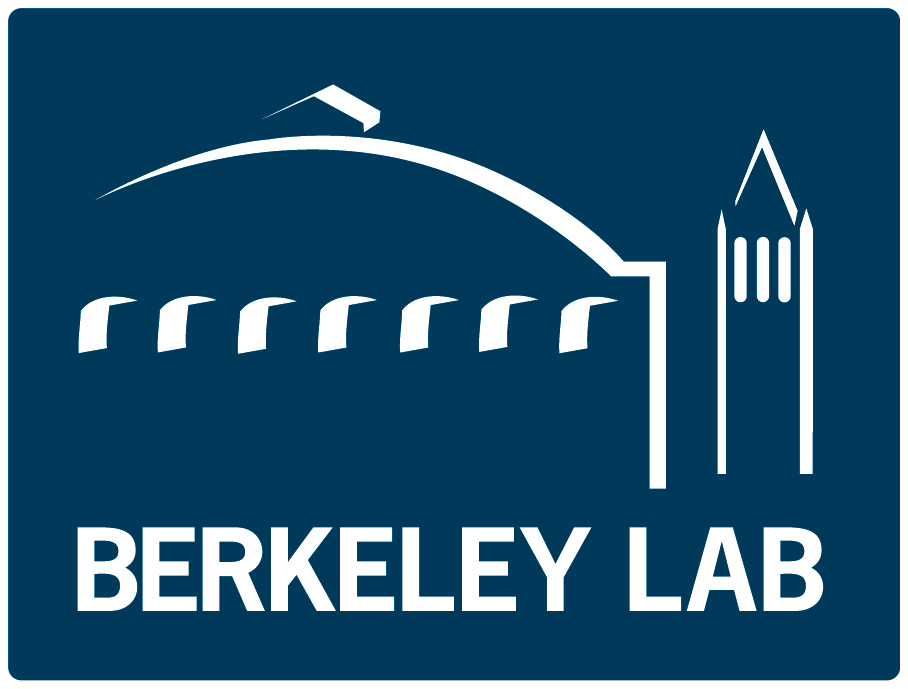Berkeley Lab's Intellectual Property Office (IPO) and Energy Technologies Area (ETA) have arranged for full-time LBNL researchers in clean energy, transportation and sustainability issues to attend the VERGE 2018 Summit (Oct. 16-18 in Oakland). DIRECTIONS To use LBNL's Unlimited Group Package code, you must register individually Go here, complete all requested … [Read more...] about 2018 VERGE – Register for LBNL All Access Pass
Uncategorized
Nontoxic Synthesis of Highly Crystalline sp2-bonded Boron Nitride Aerogels for Energy, Filtration and Other Applications 2013-112
APPLICATIONS OF TECHNOLOGY: A nontoxic, inexpensive process yielding boron nitride aerogels for Hydrogen storage Supporting catalyst particles Filters ADVANTAGES: Nontoxic synthesis process utilizing inexpensive raw materials supports the growing demand for new, nanostructured boron nitride materials Yields boron nitride-based material less … [Read more...] about Nontoxic Synthesis of Highly Crystalline sp2-bonded Boron Nitride Aerogels for Energy, Filtration and Other Applications 2013-112
Microstructured Ion-conducting Composites 2017-012
ABSTRACT A composite membrane with nanostructured inorganic and organic phases is applied as an ion-selective layer to improve processability, prevent dendrite shorting, and increase power output of lithium-metal anodes through better Li-ion conductivity. Nanoconfinement, as opposed to macroscale confinement, is known to dramatically alter the properties of bulk materials. … [Read more...] about Microstructured Ion-conducting Composites 2017-012
Mechanically-Softened, Mass-Loaded, and Chemically-Modified Membranes 2018-081
APPLICATIONS OF TECHNOLOGY: Speaker (earbud, compact, high-intensity, speaker array) Microphone (compact, microphone array) Radar source and/or receiver Positional sensor Echolocation Triangulation Acoustic camera ADVANTAGES: Enables smaller devices Offers broad frequency response ABSTRACT: Membranes of 2D materials (e.g., graphene, other … [Read more...] about Mechanically-Softened, Mass-Loaded, and Chemically-Modified Membranes 2018-081
2018 R&D 100 Award Finalists – Berkeley Lab
The following Berkeley Lab technologies have been named as finalists in the 2018 R&D 100 Award competition: Computing Sciences Area Shifter (Canon, Jacobsen) Energy Sciences Area Smart PV Window (P. Yang) Energy Technologies Area EProject Builder (Larsen) OP1 (co-nominee w/ Opus 12 - Cave, Kuhl) Physical Sciences Area (with co-nominee … [Read more...] about 2018 R&D 100 Award Finalists – Berkeley Lab

